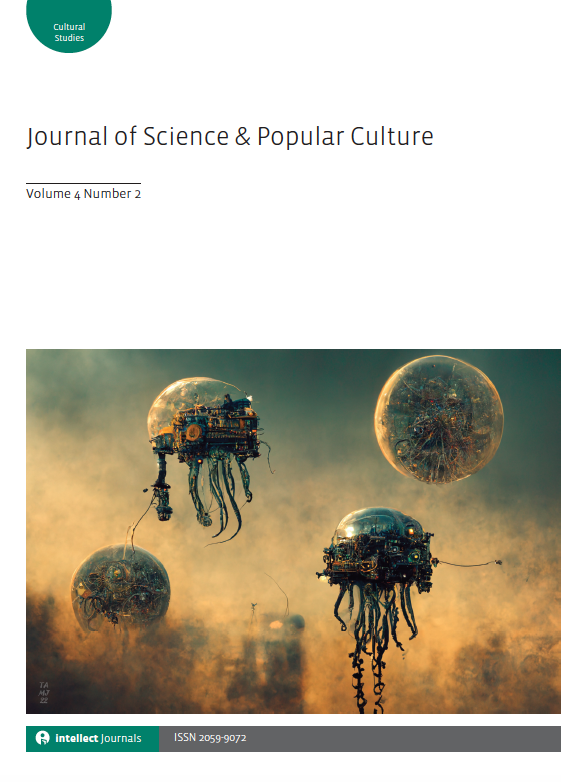
Full text loading...
The emergence of augmented-reality (AR) displays has inspired scholarship examining the social effects and communicative impacts of these visual technologies. But the broader concept of reality augmentation – of overlaying information onto everyday experience – has been likened to the imposition of social discourses and ideologies. This article examines the nineteenth-century stage illusion Pepper's Ghost as an early AR media system in service to the particular ideological mission of the Royal Polytechnic Institution in London. Despite its spectral imagery and historical parallels to spiritualism, Pepper's Ghost was instrumental in servicing the Polytechnic's goals of promoting rational modernity and scientific progress, which it accomplished by mediating the epistemic divide between superstition and science and blending Polytechnic ideology with the phenomenological experience of the screened image. In this article, I make visible the ideological function of two apparatuses: the Pepper's Ghost illusion as a media system, and the social institution of the Polytechnic itself. In the end, I situate the current revival of Pepper's Ghost stagings as a twenty-first-century phenomenon amid new restagings of Pepper's Ghost as performing 'holograms'.

Article metrics loading...

Full text loading...
References


Data & Media loading...

Publication Date:
https://doi.org/10.1386/jspc_00012_1 Published content will be available immediately after check-out or when it is released in case of a pre-order. Please make sure to be logged in to see all available purchase options.